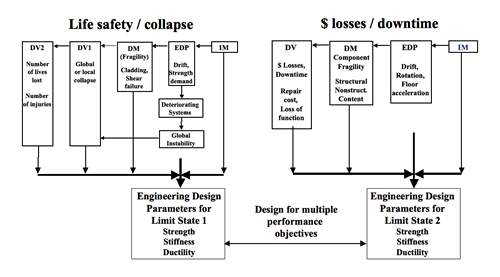
Figure 1. Design for Multiple Performance Objectives
| Project Title/ID Number | Criteria for Performance Based Design—3382003 |
| Start/End Dates | 10/1/03—9/30/04 |
| Project Leader | Helmut Krawinkler (Stanford/F) |
| Team Members | Farzin Zareian (Stanford/PD) |
F=faculty; GS=graduate student; US=undergraduate student; PD=post-doc; I=industrial collaborator; O=other
Click on images to enlarge in a new window
The global objective is to develop criteria and procedures for performance-based design that permit direct (rather than iterative) design of various types of structures (primarily frame and wall structures) for multiple performance objectives associated with limit states of relevance for a subsequent rigorous performance assessment. Implementation of these criteria and procedures in the conceptual design phase should result in designs that come close to fulfilling targeted performance objectives.
PEER’s past efforts have focused on a rigorous performance assessment methodology, with an emphasis on the probabilistic evaluation of decision variables associated with discrete limit states (e.g., collapse) or with losses and downtime. This rigorous approach presumes that the structural, nonstructural, and content systems are given (they have been designed already). Design is different from performance assessment, simply by virtue of the fact that the building and its components and systems first have to be created. It is the subject of this research to develop procedures that incorporate performance targets up front in the conceptual design process, so that subsequent performance assessment becomes more of a verification process of an efficient design rather than a design improvement process that may require radical changes of the initial design concept.
It is envisioned that the methodology will consist of the following steps:
This project started in Year 7. The project is concerned with the development of criteria for conceptual design of building structures, utilizing information developed in many other PEER projects for the following purposes:

Figure 1. Design for Multiple Performance Objectives
The information to be developed is intended to provide guidance for exploration of design alternatives, which may be utilizing different structural materials and systems or more advanced technologies such as base isolation or internal energy dissipation devices. To provide this guidance, the information flow for performance assessment has to be reversed, working towards quantification of relevant EDPs, given that desired performance can be expressed in terms of tolerable decision variable (DV) values at discrete performance levels. This reversal of information flow is illustrated for two performance levels in Figure 1 with vertical arrow lines that flow into two horizontal arrow lines and merge at the EDP level, which contains target values of relevant EDPs (strength, stiffness, ductility, floor acceleration, etc.) that drive design decisions. Which of the EDPs become primary design targets depends on the building use, as in a hospital with much life-critical equipment (usually acceleration sensitive) the focus will be on different EDPs than in a hotel where performance objectives are driven by a tradeoff between losses and income.

Figure 2. Collapse Fragility Curves for 9-Story Frames with T1 = 0.9 sec
An example of design for collapse safety is illustrated in Figure 2. Adequate collapse safety implies, among others, design for ductility. The latter is implicitly considered in present design approaches with the response modification (R) factor. This factor is tied to component detailing (ductility) requirements, and in the design process is used to reduce the strength design level to a fraction of the value associated with the spectral acceleration at the first mode period. The implicit assumption is that there is a well-established relationship between this factor and the ductility capacity of the structural system. Reality is that this relationship is mostly judgmental and is awaiting quantification. Data of the type presented in Figure 2 should help to achieve such quantification. The figure shows collapse fragility curves for a 9-story frame structure whose beams have different ductility and deterioration characteristics. For instance, if for a very rare seismic hazard (e.g., 2/50 hazard) a probability of collapse of 0.1 can be tolerated, then the intersections of the horizontal line at Pc = 0.1 with the fragility curves provide information on the R-factor that should be used for strength design of systems whose components have the indicated ductility and deterioration characteristics. ([Sa(T1)/g]/g, with g = Vy/W, is equivalent to the R-factor for systems without overstrength.) Concepts and information of the type shown in Figure 2 are being developed in this project.
The ATC-58 project has, in part, similar objectives. In the proposed PEER project full advantage is being taken of all the performance assessment research, including uncertainty propagation, carried out in PEER for the last six years. It is expected that the results of the proposed project will feed into the ATC-58 development effort.
The milestones of this project are: